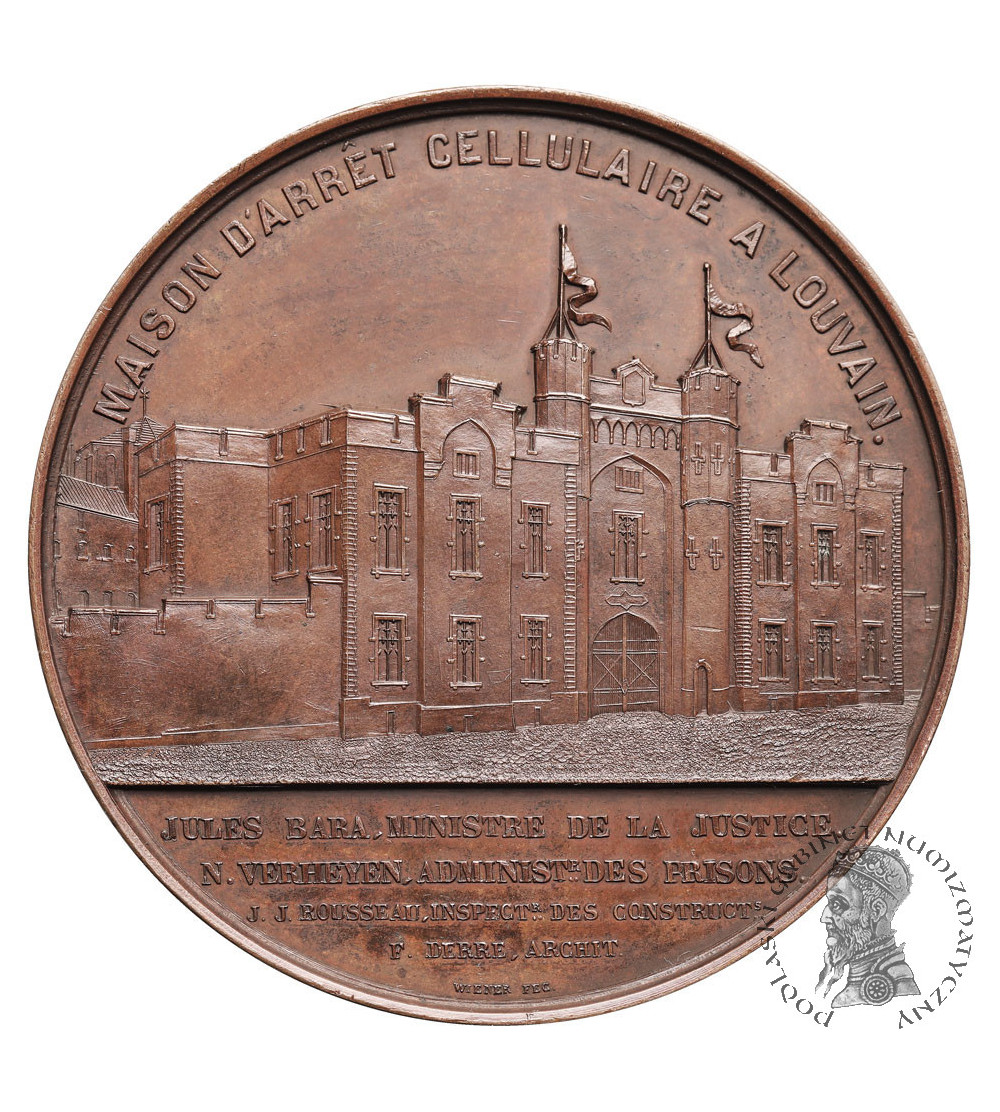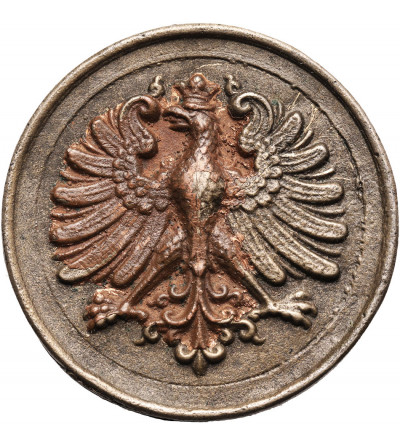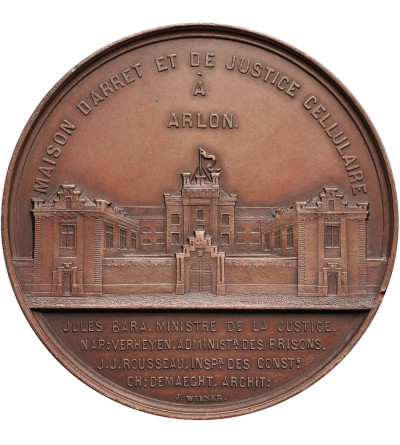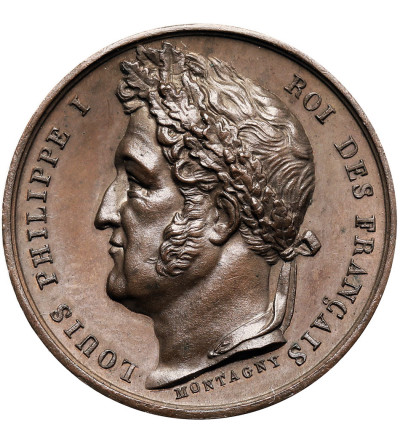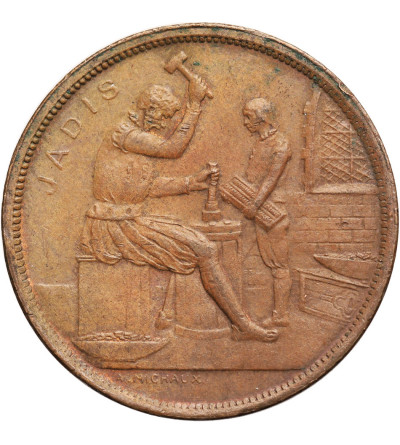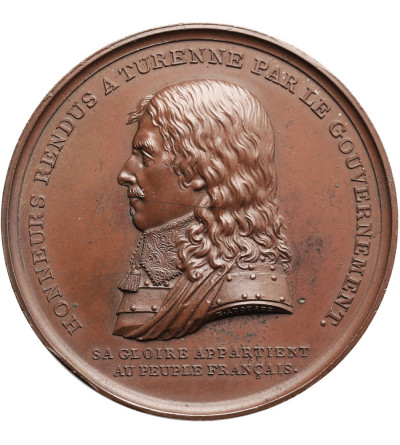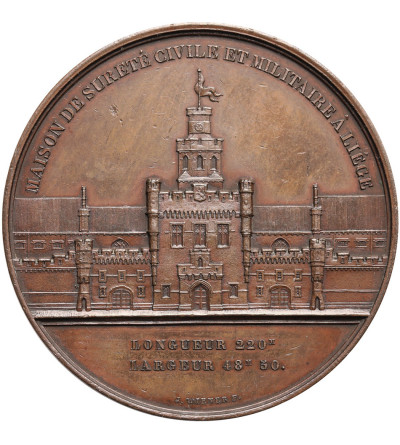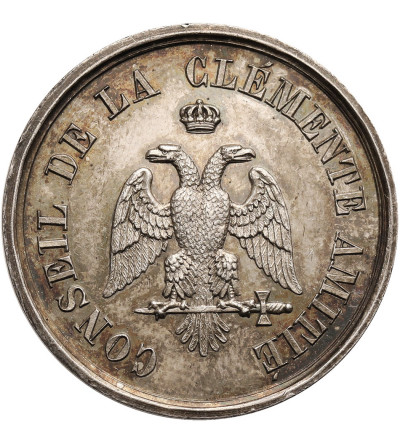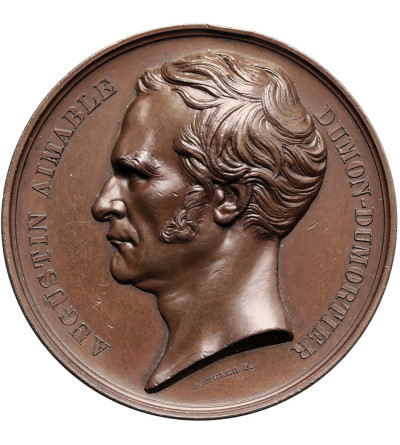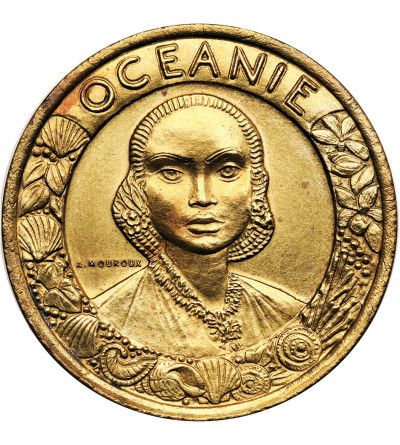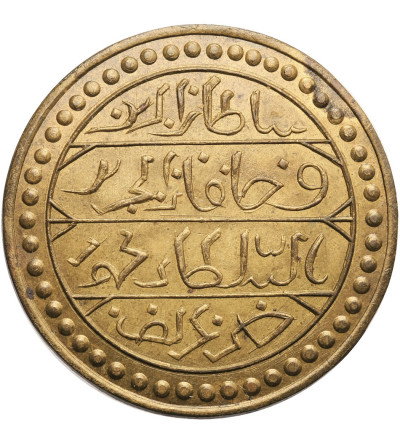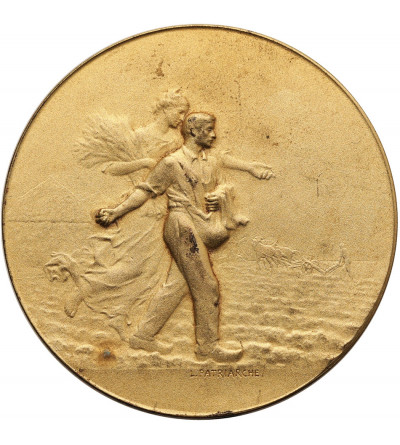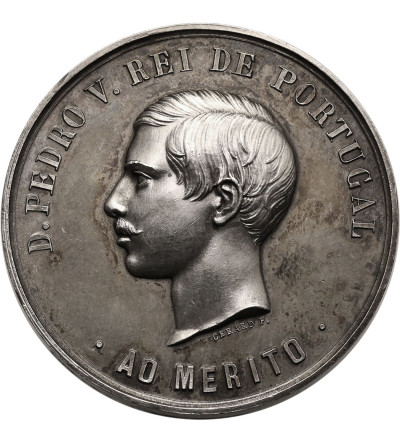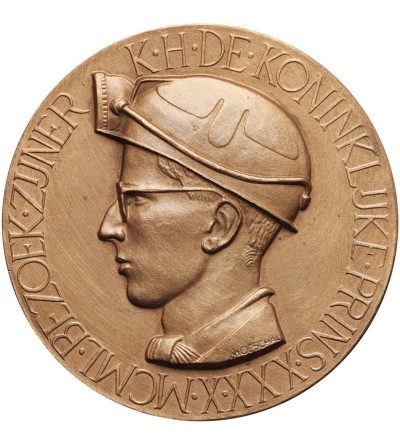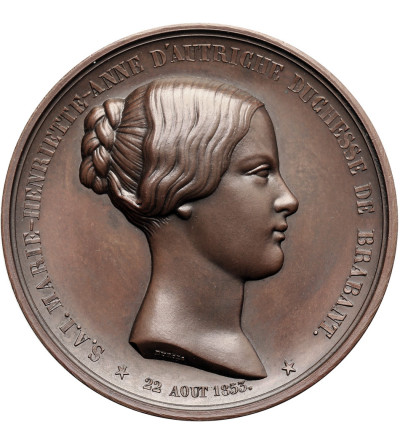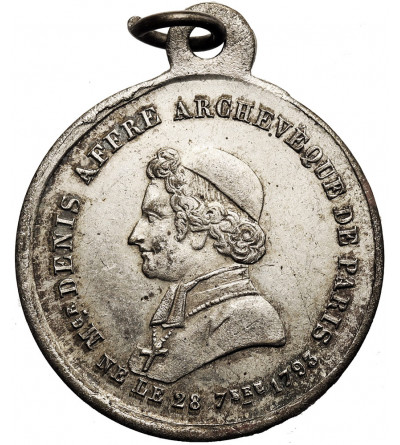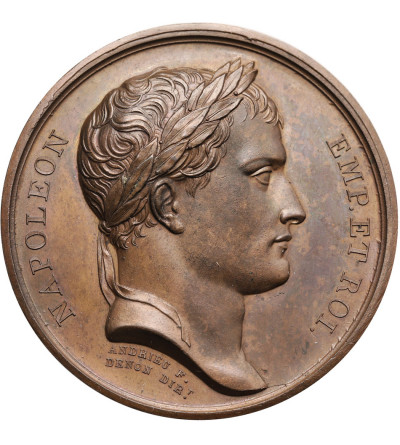The Leuven Secondary Prison ("hulpgevangenis van Leuven") was commissioned between 1867 and 1869 and was built according to the Ducpétiaux model, i.e. in the shape of a star. For some, the Dutch term "hulpgevangenis" refers to its function as a remand prison supporting the Leuven Court of Correction, as opposed to the national function of Leuven Central Prison as a house of punishment. Others argue that it is a mistranslation of the French phrase "prison secondaire." Names such as "het kleine huis" (the little house) and later "Leuven-hulp" (the second Leuven) quickly became part of the everyday vocabulary in Leuven. On January 1, 1923, the psychiatric annex of the prison was opened. Even today, attention to psychiatric patients is an important part of prison policy. In the second half of the 1970s, the first workshops for inmates were established and a common courtyard was built. Women held at Leuven Secondary were transferred to Forest Prison in 1966. Source: justice.belgium.be
Louvain is a town in Belgium in the province of Brabant, of which it was the capital in the 14th century before the rise of Brussels. Its town hall is one of the richest examples of pointed Gothic architecture. It is also the site of the prison depicted on this medal. Francios Derre, the architect of this prison, was a sculptor as well as an architect. He specialized in the construction of prisons, designing those at Hasselt, Gand, Mons, and Termonde, in addition to this one at Louvain.
source: historicalartmedals.com
